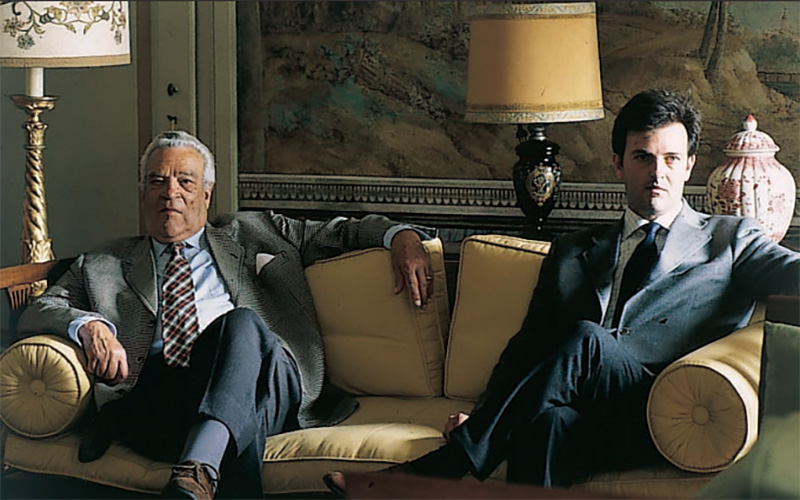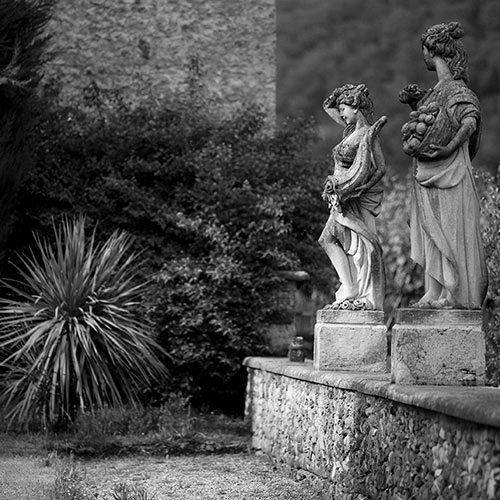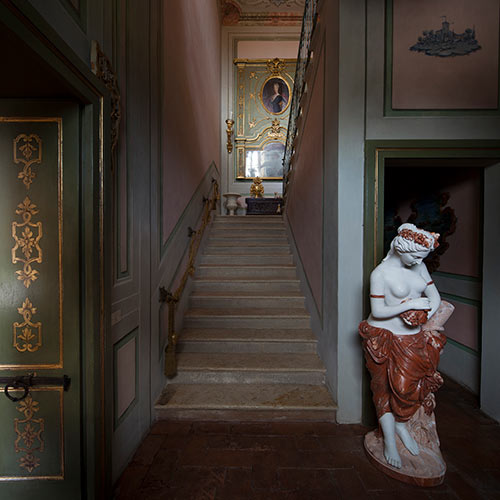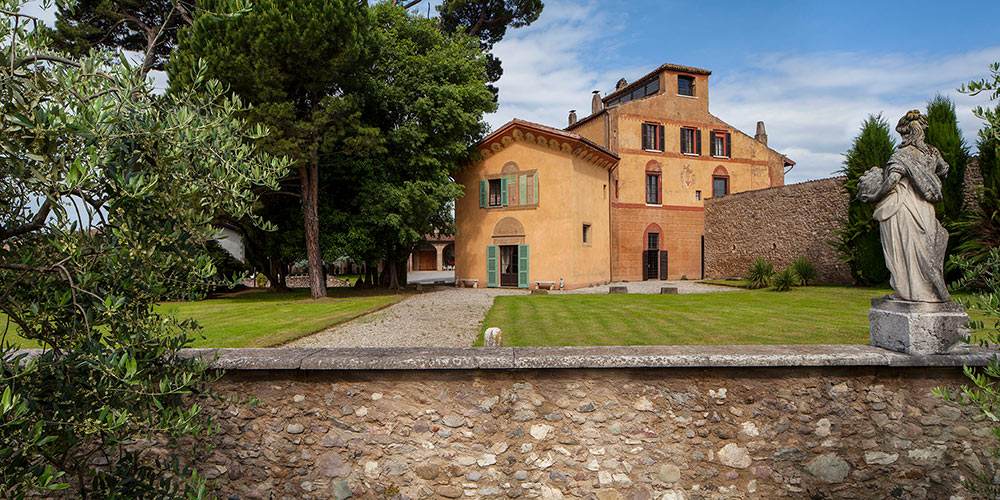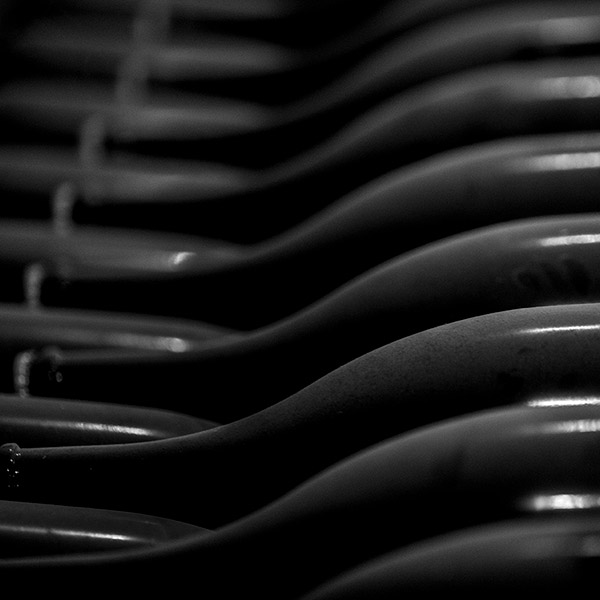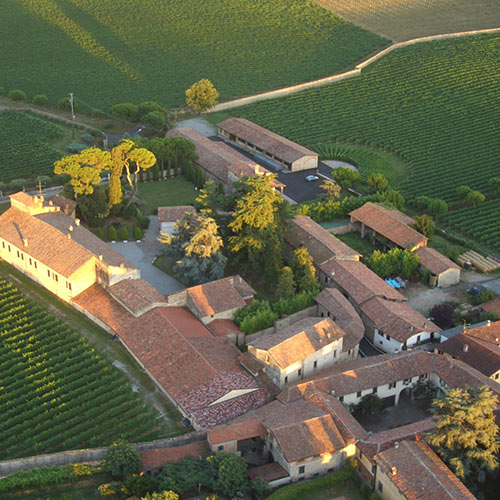



Conti Ducco
History
The origins and history (De Duchis)
1100 a.d. / In the year 1100 AD, the noble lineage of the Ducco family finds its roots. Over the centuries, the illustrious counts of this house have made their mark in diverse areas, spanning from ecclesiastical and poetic realms to civil, military, and medical spheres. The distinguished names and roles held by the Counts Ducco have left an indelible legacy. As a tribute, the road leading to the gates of the Historic Villa bears the esteemed title of Heroes' Avenue.


Conti Ducco
History
The first traces
1500 a.d. / In the 1500s, the earliest mentions of the Ducco name in the agricultural sphere emerge: "The Twenty Days of Agriculture" by Agostino Gallo. This renowned Brescian scholar, delving into agricultural matters, penned this work in 1564. Within its pages, Count Cosimo Ducco is noted as a prominent authority on vineyard cultivation practices of the time.


Conti Ducco
History
The Passirano area and its perfect wines
1610 a.d. / The land of Passirano and its exquisite wines. Passirano, where the Conti Ducco estate is located alongside most of the vineyard hectares owned by the company, has long been celebrated for its ideal conditions for wine production. According to the Brescian Cadastre by Giovanni da Lezze, as early as the seventeenth century, the municipalities of Passirano and Monticelli Brusati were renowned for producing "...exquisite wines."


Conti Ducco
History
The Basiletti
1832 a.d. / The Basiletti. The artist Basiletti painted an oil canvas of the terrace at the Conti Ducco palace, capturing the Franciacorta hills. This artwork shows how family and notable figures once gathered on the terrace. In the background, you can see the early Brolo Alto Vineyard, known for its quality. Visitors should closely admire the painting; standing on the terrace, you’ll feel like you’re in the scene.


Conti Ducco
History
The Conti Ducco company is born
1967 a.d. / The Conti Ducco company is born. Count Piero officially founds the Conti Ducco company, marking the real turning point in the wine sector thanks to prestigious Red Wines. These are wines with a Bordeaux-style blend featuring characteristic local grapes: Cabernet Franc and Sauvignon, Merlot, Barbera, and Nebbiolo. The production method at that time involved aging the wine in 225-liter oak barrels; at the time, in our ancient aging gallery, there were over 800 of them.


Conti Ducco
History
The change
1981 a.d. / The Transformation. In November 1981, an early snowfall devastates 35 hectares of vineyard. From this challenge, Count Piero decides to plant the first Chardonnay vineyards, starting the production of Classic Method Sparkling wine. During this time, the first bottles of "White Metodo Champenoise," "Rosé Metodo Champenoise," and "Red Méthode Champenoise" are produced. We still preserve the historic labels in the Ancestors' Hall.


Conti Ducco
History
Count George
1985 a.d. / Count Giorgio, son of the founder, joins the company, inspiring a new vision focused on continuous innovation and qualitative improvement. In this perspective, the first plots of Pinot Nero are introduced, precious grapes that we now exclusively dedicate to our vintage Franciacorta Rosé and Pas Dose Noir.
Following Count Giorgio's wishes, the Conti Ducco line is introduced, honoring the illustrious ancestors of the Ducco family. These are high-quality products, vintage Franciacorta and reserves obtained following increasingly stringent internal parameters.


Conti Ducco
History
Counts Ducco today
From 2010 to the present day / - The company invests in assembling an exceptionally skilled winemaking team and in the use of increasingly sophisticated and innovative machinery for cellar operations. There is a growing focus on employing environmentally friendly practices in the vineyards. More sustainable soil cultivation methods, such as cover cropping, are introduced to preserve the balance and richness of the soil.
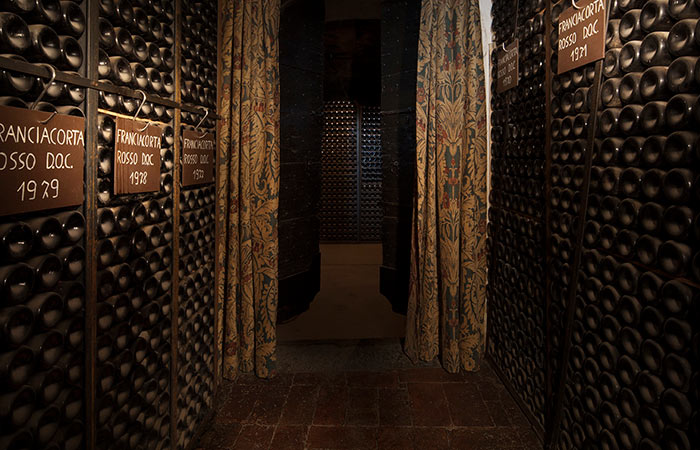
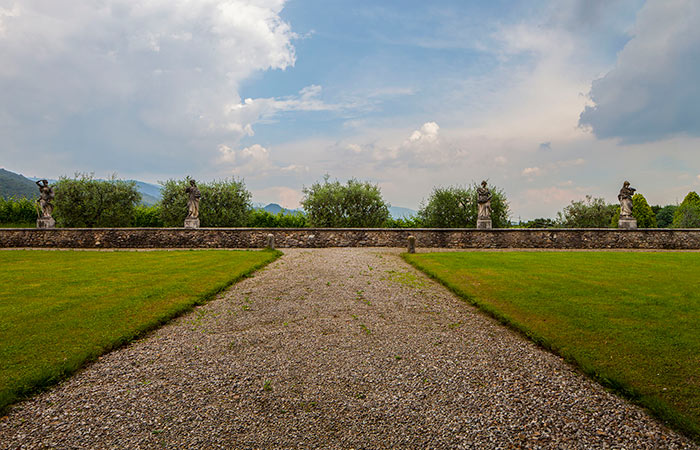
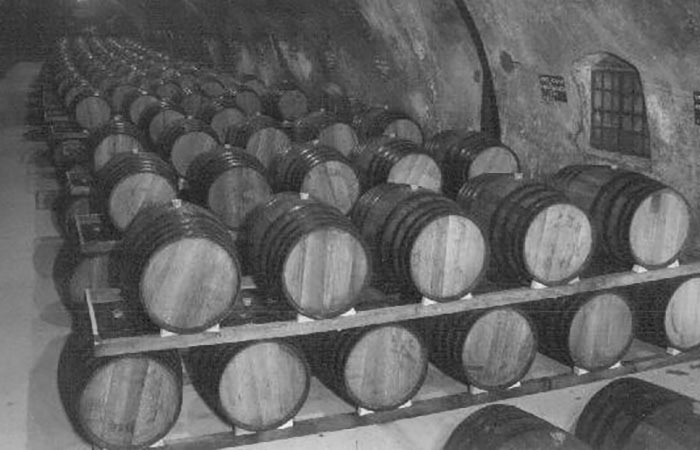
The Counts Piero and Giorgio:
Franciacorta and Its Pioneers
From the Roman Emperor Domitian, passing through the Olivetan monks, the winemaking tradition has been skillfully passed down through the ages to the two generations that have brought the company to its current splendor: Count Piero, the founder of the business in 1968, and his son Giorgio, a promoter of forward-thinking innovations and continuous improvements for artisanal productions.
